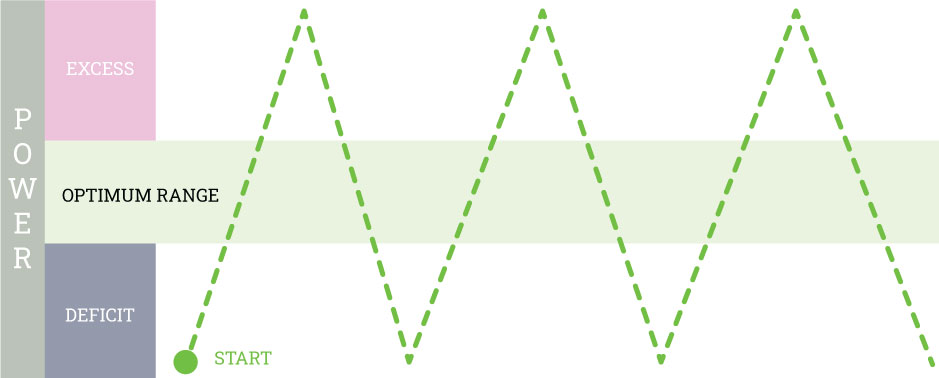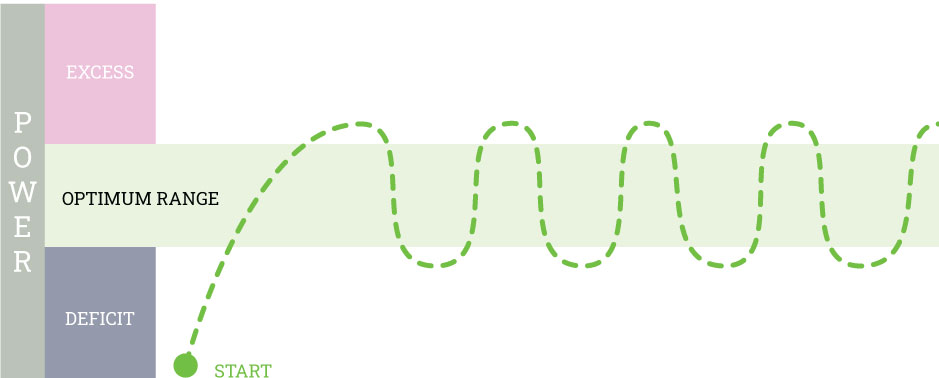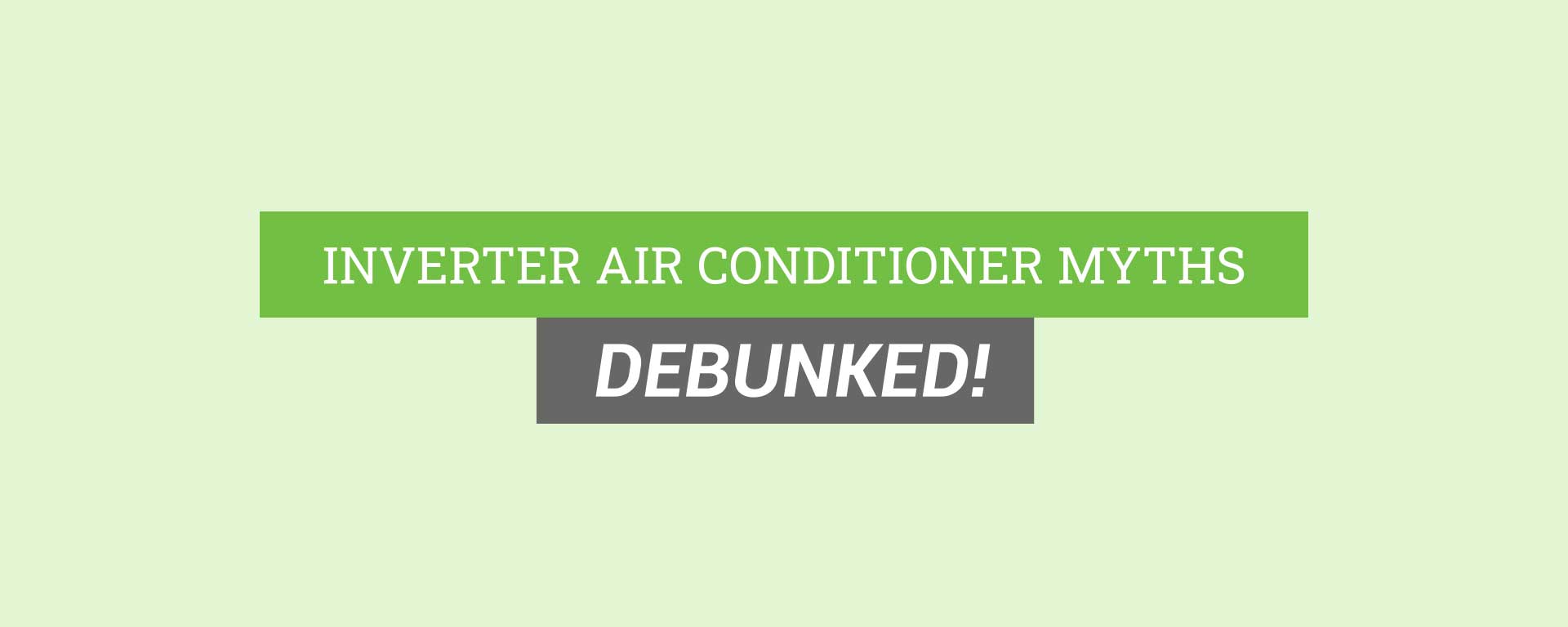With the increasing severity of the Philippine summers, more and more people are now turning to air conditioning to ease their discomfort. However, air conditioners are notoriously expensive to operate, hence picking an energy-efficient model from the start will help you save money in the long run — and inverter air conditioners may be the answer.
Inverter air conditioners have been trending for a while now – and for good reasons. They can save you a lot of money in the long compared to their non-inverter counterparts. However, most people do not understand how inverters work, and thus several myths about inverter ACs persist up to today.
In this article, we will explain how an inverter aircon works, and we will also demystify the common myths surrounding this technology.
How an inverter air conditioner works
Air conditioners work by continuously evaporating and condensing a refrigerant gas (called Freon) through the copper tubes inside the air conditioner. As the Freon evaporates, it produces a cooling effect that “absorbs” the heat from the air that is sucked in to the aircon. This gas is pumped by the compressor, and thus most of the energy costs goes towards the operation of the compressor.


A non-inverter air conditioner maintains the temperature in the room by operating its compressor in a start-stop manner with its thermostat calling the shots. This is why you hear your aircon roaring back to life after a few moments of it being silent. Considering that the compressor uses the most amount of power during startup, a lot of energy is wasted since non-inverter compressors stop and start multiple times a day.
In contrast, an inverter air conditioner controls the frequency of the incoming electrical current that goes to the compressor which allows the AC to operate at varying speeds – not just start and stop. In effect, the inverter compressor does not completely shut off. Instead, it operates at a lower speed to maintain the set temperature.
Common misconceptions about inverter air conditioners
Because the inverter technology is still in its nascent stages in the Philippines, few can explain how this technology operates and what its pros and cons are. Here are the most common myths surrounding inverter air conditioners. We will do our best to debunk these myths.
1. The inverter compressor kicks in only after 8 hours of use
Here is a common myth I usually here from sales people: “the inverter compressor only operates after 8 hours of use. Hence if you do not use your aircon for more than 8 hours, you will not get the benefits of its inverter compressor”. This is absolutely not true!
The inverter compressor will function from the time the unit is turned on. Hence you will get the full benefits of the inverter technology from the minute you turn on your aircon.
The argument about the “8-hour rule” most likely came from a misunderstanding about the computation of the power consumption of an inverter air conditioner. Let us illustrate:
| Hours of Use | Wattage | Power Rate (per kWh) | Daily | Monthly | Yearly |
| 8 | 0.71kW | ₱9.744 | ₱55.35 | ₱1,660.38 | ₱19,924.53 |
| 5 | 0.71kW | ₱9.744 | ₱34.59 | ₱1,037.74 | ₱12,452.83 |
The table above shows the same inverter AC model used for two different time frames – one was used for 8 hours, the other for 5 hours. From the table, you can see that there is a whopping ₱7,417.70 difference in savings between an 8-hour usage vs a 5-hour usage.
Some sales people interpreted this data like so: “The inverter cost significantly more than the non-inverter, hence using it for 8 hours is more sulit (worth it) than using it for less than that”. However, this argument evolved into “you should use the inverter for 8 hours to get the benefits” and then eventually into “the inverter function won’t work until 8 hours of use”.
Once again, the definite answer is no, this is not true at all. Inverters work once the air conditioner is turned on.
2. Some inverters are mechanical and some are digital
This is another common one, and I blame Samsung for this predicament.
Samsung’s proprietary inverter technology is named the “Digital Inverter”. Logic follows that if there is a digital inverter, then surely there is a non-digital (mechanical) inverter air conditioners. Right?
Not really. It’s true that there are mechanical inverters, but those do not apply to appliances. Mechanical inverters are commonly used in power generators or batteries to convert the DC (direct current) coming from the power source to AC (alternating current) that can be used by most appliances.
As you may have noticed, the end-result that the mechanical inverter is trying to achieve is the same as those inverters found in appliances. However, the difference lies in the methods they use.
Mechanical inverters rely on a physical switching unit that changes the direction of the incoming DC back and forth thereby creating a synthetic alternating current. The inverters found in appliances work the same way, but instead of a physical switching unit, it does the job using a circuit board instead. So in essence, all inverter air conditioners are digital in nature.
Hence, while Samsung beat everyone out by naming their inverter technology as the “Digital Inverter” this doesn’t mean that everyone else is not using a digital inverter. And to add to that, mechanical inverters (most commonly known as power inverters) are mostly used for powering the whole house from a generator or a solar battery. Meanwhile the inverters in appliances are only used for energy savings for that one particular appliance.
3. What’s the deal with semi-inverters and inverter grade air conditioners?
Since inverter air conditioners are all the rage now, some brands are latching on to the term “inverter” even if their models are not equipped with inverters. Hence the terms semi-inverter and inverter grade air conditioners are born.
Their claim is this: semi-inverter and inverter grade air conditioners are not truly inverters, but their energy efficiency is comparable to true inverter aircons without the expensive price tag associated with them. To find out if this is true, let’s put it to the test.
Here are two 1.0HP models from Fujidenzo. One is a true inverter, while the other is an inverter grade model:
| Type | Inverter Grade | Inverter |
| Model Name | WAR 90 CES | IWAR 90 G |
| Capacity | 1.0HP | 1.0HP |
| Wattage | 930 | 755 |
| EER | 10.2 | 13.1 |
| SRP | ₱16,998 | ₱28,998 |
As you can see, with a higher EER value and a smaller wattage, the inverter model is by far more energy efficient compared to the inverter grade model. However, it is ₱12,000 more expensive compared to the latter. Let’s estimate if this additional value is worth it:
| Type | Wattage | Hours of Use | Power Rate (per kWh) | Daily | Monthly | Yearly |
| Inverter Grade | 0.930 | 8 | ₱9.744 | ₱72.50 | ₱2,174.86 | ₱26,098.33 |
| Inverter | 0.755 | 8 | ₱9.744 | ₱58.85 | ₱1,765.61 | ₱21,187.35 |
With the a yearly savings of ₱4,910.98, the inverter model can recoup the additional ₱12,000 you’ve spent in about 2 and a half years. And with the average lifespan of air conditioners going at an average of 10 years, you will save a lot more if you go with the inverter model instead of the inverter grade one.
Conclusion
We hope that this article demystified the common misconceptions about inverter air conditioners that you may have had. If you’re still not sure which type of aircon you should get, we’ve written a buying guide to help you in your decision making process.

Miguel Mores worked for 5 years as a member of the product management team for a home appliance company in the Philippines. He started 101appliance to answer the most common customer questions that he has encountered during his time in the industry. He now works in the digital marketing field and manages a small online bookstore on the side.


Good morning. I was wondering if inverter type air conditioner becomes less efficient after a few months? I have one 2 months old, and we kept it on 28 for first 2months. Now we have to turn it to 26 to get same cooling effect.
I think it depends on many factors like outside temperature and the refrigerant will lessen as it’s used everyday. Around how much of a difference in your electric bill did you notice with your inverter AC?
What about inverter ac w/ eco mode? In eco mode it works like a non-inverter ac that automatically stops at a certain temp. Does it mean that it consumes more energy even if it is an inverter ac? Will appreciate your response.